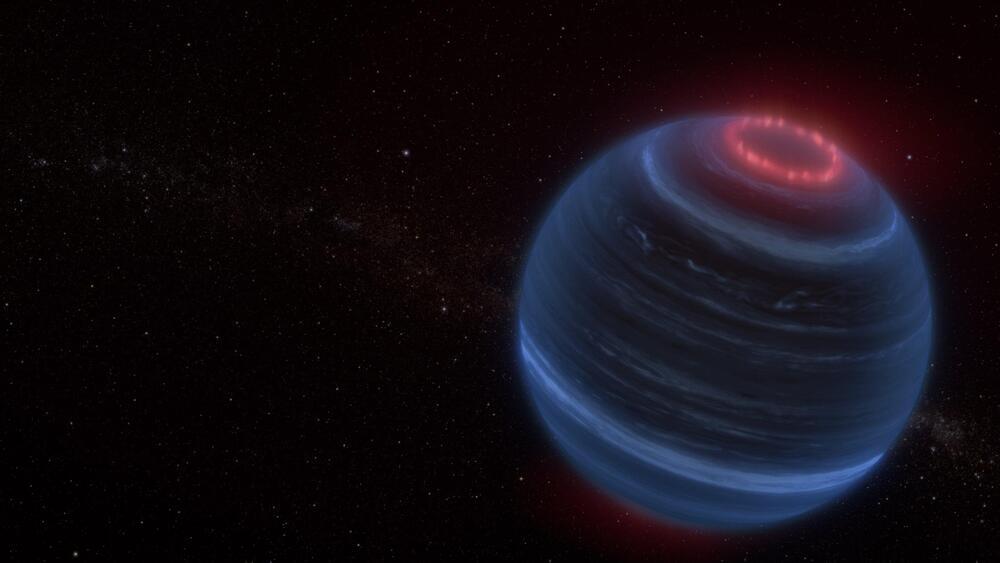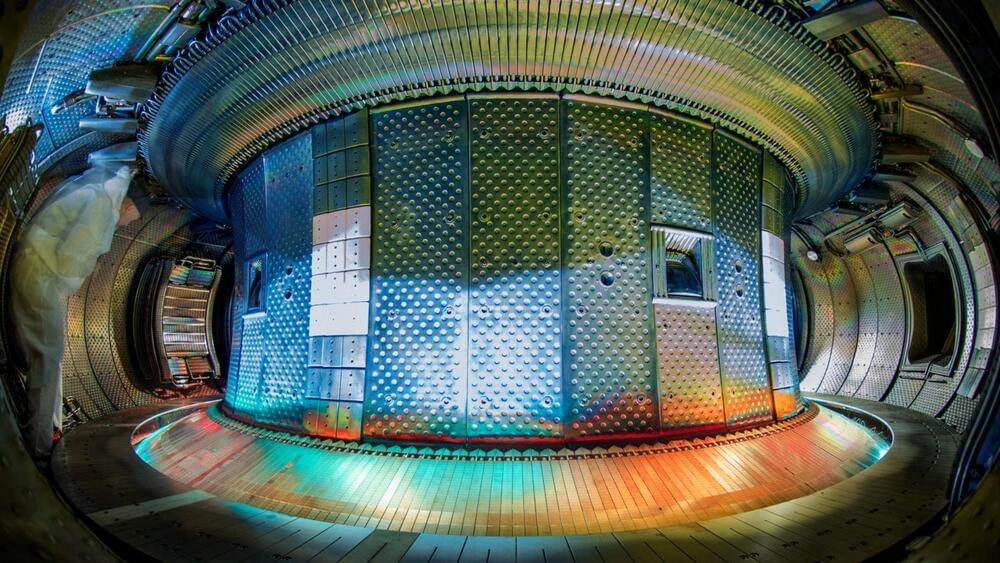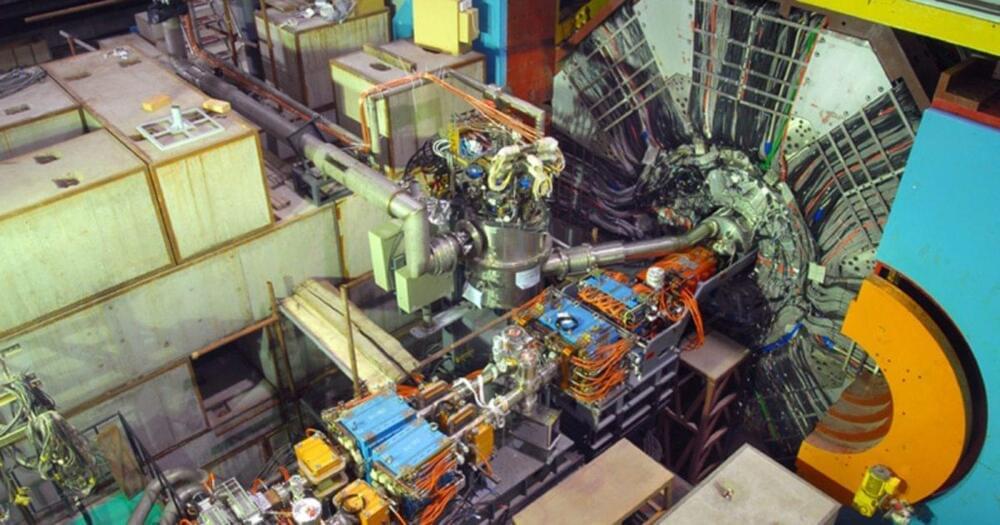Danko nikolic: practopoiesis tells us machine learning isn’t enough!
Danko Nikolic’s theory of Practopoiesis can help us not only understand the mind but also create AI. Check out his interview for more!

What if AI was trained to create & edit DNA?#ainews #airesearch #science #biotech #medicine #dna #ai #agi #singularityNewsletter: https://aisearch.substack.c…

Using new observations from the James Webb Space Telescope (JWST), astronomers have discovered methane emission on a brown dwarf, an unexpected finding for such a cold and isolated world. Published in the journal Nature, the findings suggest that this brown dwarf might generate aurorae similar to those seen on our own planet as well as on Jupiter and Saturn.
More massive than planets but lighter than stars, brown dwarfs are ubiquitous in our solar neighborhood, with thousands identified. Last year, Jackie Faherty, a senior research scientist and senior education manager at the American Museum of Natural History, led a team of researchers who were awarded time on JWST to investigate 12 brown dwarfs.
Among those was CWISEP J193518.59–154620.3 (or W1935 for short)—a cold brown dwarf 47 light years away that was co-discovered by Backyard Worlds: Planet9, citizen science volunteer Dan Caselden and the NASA CatWISE team. W1935 is a cold brown dwarf with a surface temperature of about 400° Fahrenheit. The mass for W1935 isn’t well known but it likely ranges between six-to 35-times the mass of Jupiter.
🔵 Watch the full episode 👉 https://www.theepochtimes.com/epochtv/blinken-china-attempti…;Unlimited EpochTV Access. Only $1…
Western diets that are high in sugars, fats, and processed foods have been linked to a wide variety of health ailments. Now, researchers have determined that Western diets can also disrupt the crucial barrier in the gastrointestinal tract known as the gut mucosa. This disruption can raise an individual’s risk of inflammation and infectious disease. Scientists have also identified a gut microbe called Blautia that has an important role in shielding the gut mucosa. The findings have been reported in Nature Communications.
“Our results contribute to an increased understanding of how the intestinal bacteria and the mucus layer work together, which may eventually lead to new treatment strategies for diseases linked to the Western diet such as the inflammatory bowel disease ulcerative colitis,” said first study author Sandra Holmberg, a graduate student at Umeå University.



Driving at night might be a scary challenge for a new driver, but with hours of practice it soon becomes second nature. For self-driving cars, however, practice may not be enough because the lidar sensors that often act as these vehicles’ “eyes” have difficulty detecting dark-colored objects. Research published in ACS Applied Materials & Interfaces describes a highly reflective black paint that could help these cars see dark objects and make autonomous driving safer.
Lidar, short for light detection and ranging, is a system used in a variety of applications, including geologic mapping and self-driving vehicles. The system works like echolocation, but instead of emitting sound waves, lidar emits tiny pulses of near-infrared light. The light pulses bounce off objects and back to the sensor, allowing the system to map the 3D environment it’s in. But lidar falls short when objects absorb more of that near-infrared light than they reflect, which can occur on black-painted surfaces. Lidar can’t detect these dark objects on its own, so one common solution is to have the system rely on other sensors or software to fill in the information gaps. However, this solution could still lead to accidents in some situations. Rather than reinventing the lidar sensors, though, Chang-Min Yoon and colleagues wanted to make dark objects easier to detect with existing technology by developing a specially formulated, highly reflective black paint.


Microsoft is developing a new generative AI model that will take lots of data and energy to train, according to a new report from The Information published Monday.
Two Microsoft employees tell the outlet that the model has been dubbed MAI-1 internally and is being developed by a team led by Mustafa Suleyman. The ex-Google AI executive worked at AI firm Inflection before Microsoft bought Inflection’s IP and poached most of its staff, including Suleyman, who joined the tech giant in March. The employees say that MAI-1 is separate from Inflection’s Pi models.
Microsoft is reportedly reserving lots of servers with Nvidia graphics cards to train MAI-1, which is expected to be bigger than Microsoft’s previous open-source AI models. This means it will consume tons of electricity during its training phase—a broader issue researchers flag as harmful to the environment. Microsoft declined to comment on MAI-1, but linked to a Monday post from CTO Kevin Scott which states that Microsoft is and will continue to build AI models, some of which “have names like Turing, and MAI.”